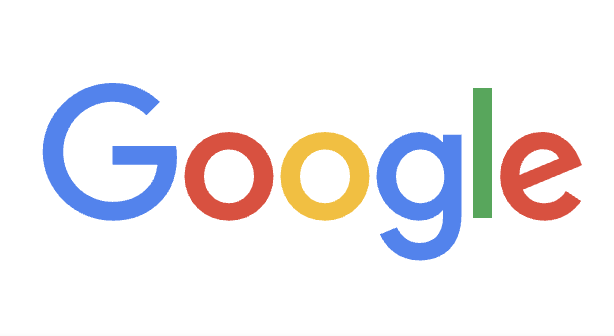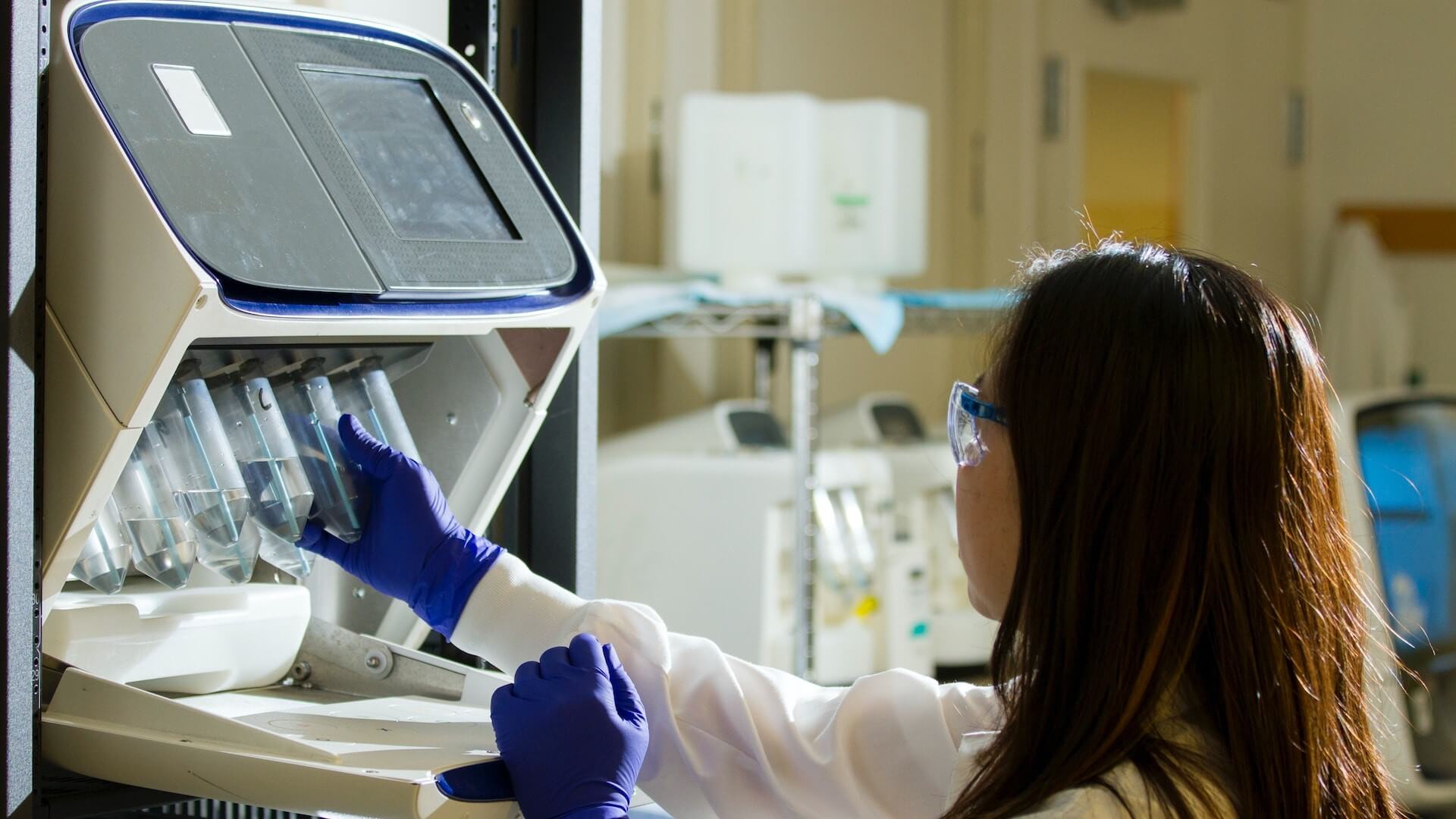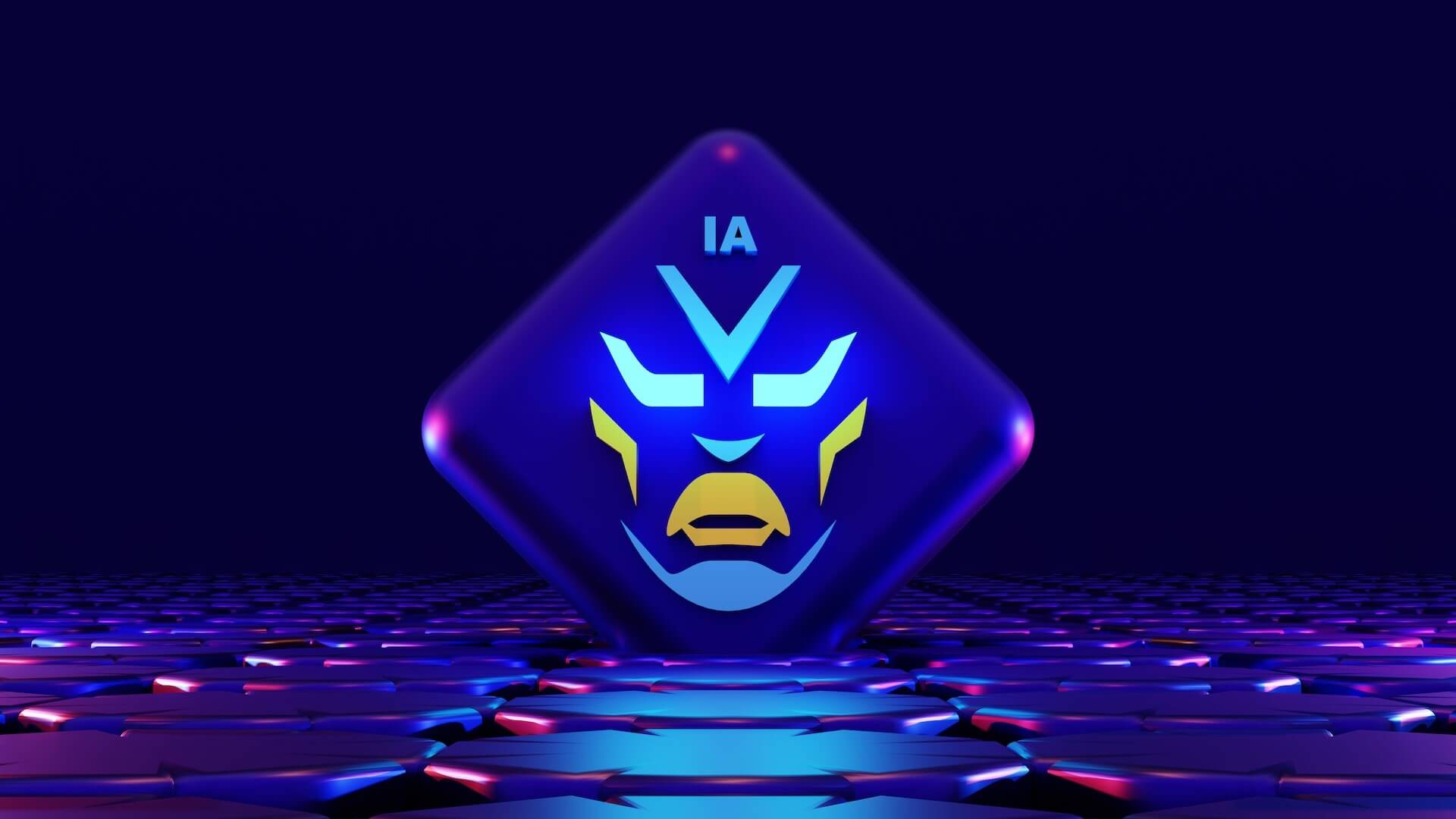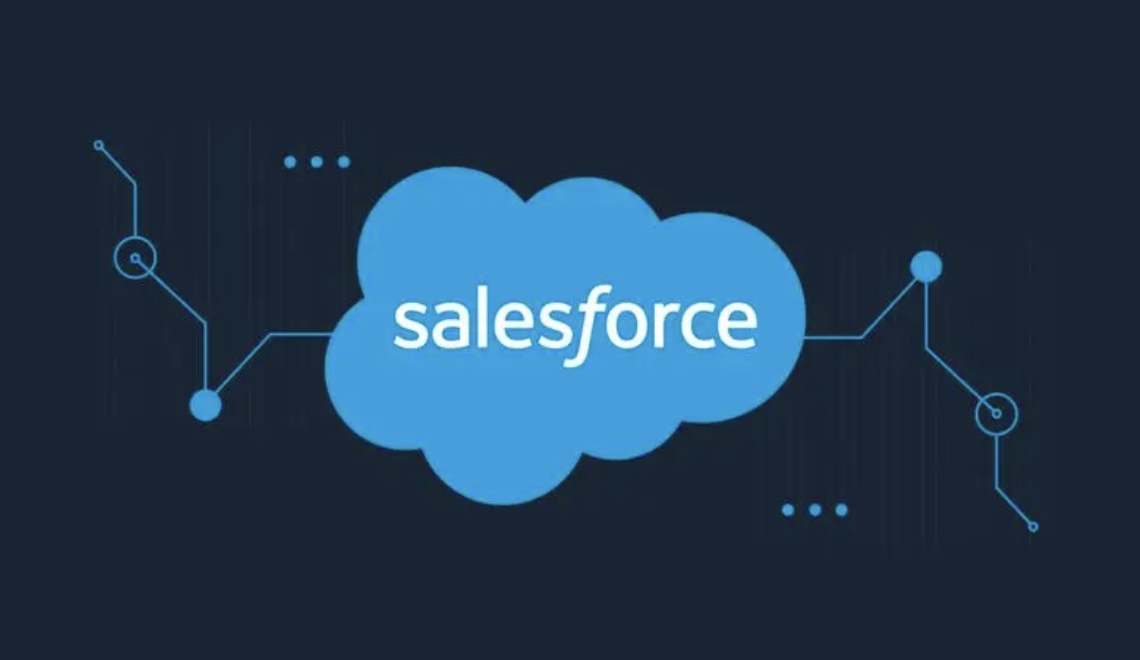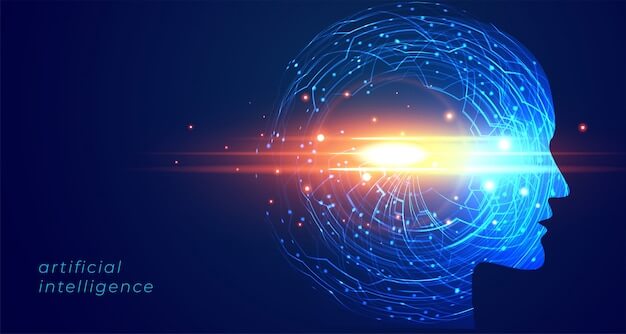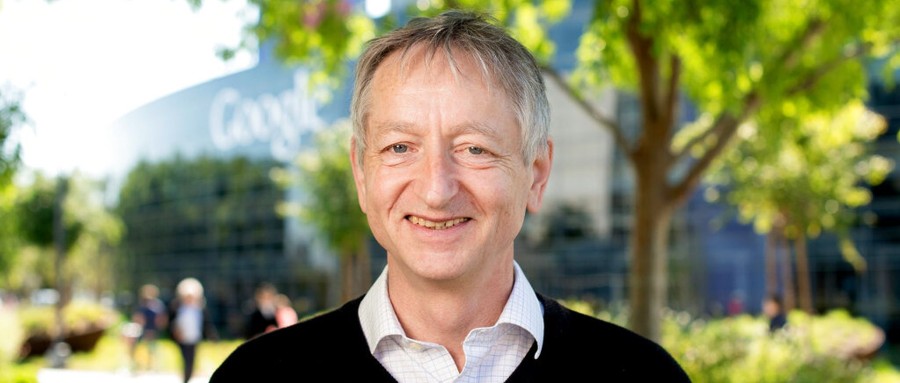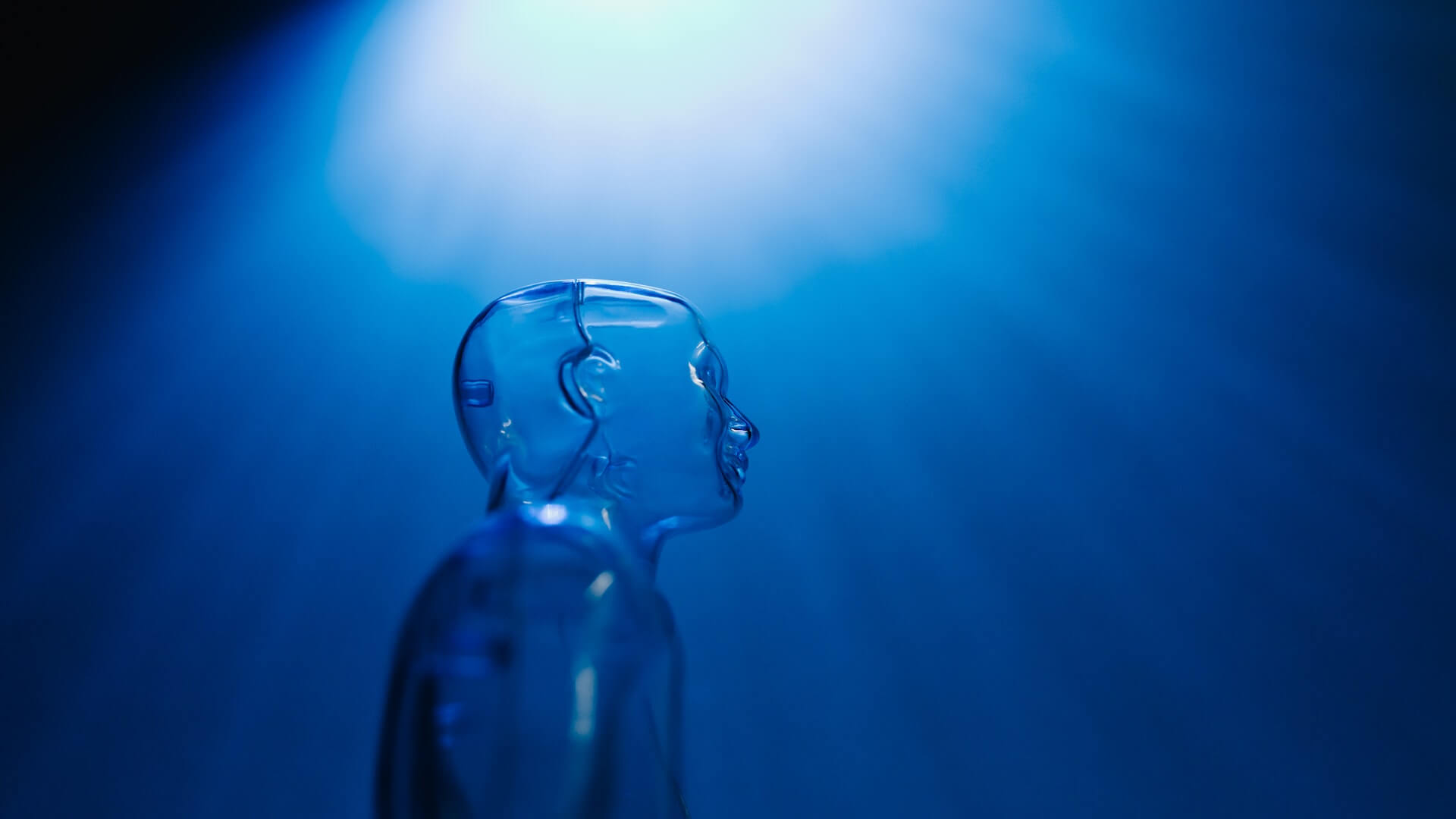The situation quickly changed with the rapid advancement of AI technology, and a few months later, AI has become a key point in the strike negotiations conducted by the American Writers Union.
AI
Sundar Pichai, CEO of Google parent company Alphabet, announced in a post on its official website that the company will merge two AI labs, Google Brain and DeepMind, to form a new division, Google DeepMind.
Generative AI has great potential in healthcare, from improved diagnosis and treatment to drug discovery and personalized medicine.
Auto-GPT is an experimental open source application that demonstrates the capabilities of the GPT-4 language model.
Salesforce Announces Plans to Integrate Einstein GPT with Data Cloud, Salesforce Flow
Neuro AI is a new discipline, which aims to promote the development of AI technology by studying human brain, and use AI to better study human brain. One of the core tools of neural AI is to use artificial neural networks to create computer models of specific brain functions. This method began in 2014, when researchers at MIT and Columbia University found that deep artificial neural networks could explain the reaction process of the brain's object recognition region, the infratemporal cortex (IT). So they introduced a basic experimental method: comparing the artificial neural network with the brain. Then repeatedly and iteratively test various brain reaction processes: shape recognition, motion processing, speech processing, arm control, spatial memory, etc., and establish corresponding brain processing models for each reaction.
The emergence of ChatGPT technology has triggered a change in human-computer interaction, and more and more people are paying attention to what impact ChatGPT will have.
Nvidia announced earlier this Monday that the GH200 Grace Hopper Superchip, Nvidia's most powerful artificial intelligence chip to date, is now in full production.
Geoffrey Hinton, one of the "deep learning triumvirate" and 2018 Turing Award winner, has revealed that he has left Google.
The rights highlighted by the AI-free sanctuary will promote the advancement of AI technology while protecting the cognitive and emotional capabilities of all humans.


